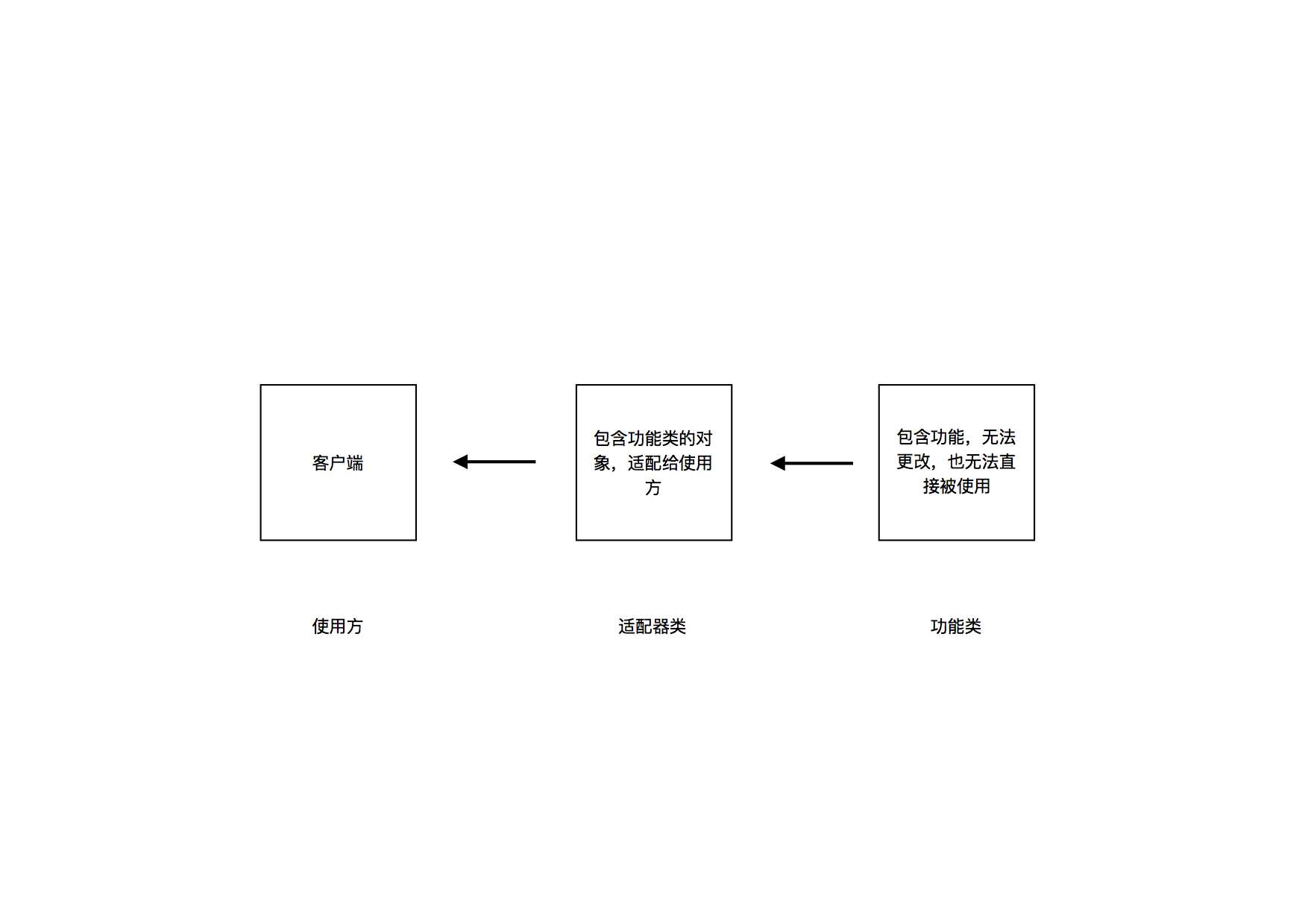标签:div main static 间接 int over bsp child inter
适配器模式,用一个类作为中间桥梁把无法被直接使用的功能类通过适配,最终能够被间接使用。
如图:

优点:适配器模式能够提高代码的复用性,使得原本无法被使用的类能够被使用。
缺点:但是适配器模式会提高代码的复杂性,让原本简单的逻辑结构变得有些绕,如果使用了大量的适配器,那整个程序结构就会变得混乱不堪,所以如果能够通过重构完成的,还是不要使用适配器比较好。
下面是代码:
/** * 适配器模式 * @author lay */ public class AdapterDemo { public static void main(String[] args) { Adapter adapter = new Adapter(); adapter.sayAdapter(); } } // 将无法使用的接口进行适配,客户端通过适配器调用接口 class Adapter{ private Parent parent; public Adapter(){ this.parent = new Child(); } public void sayAdapter(){ System.out.println("调用适配器方法"); parent.say(); } } // 无法被客户端使用的接口 interface Parent{ public void say(); } class Child implements Parent{ @Override public void say() { System.out.println("i‘m a child"); } }
标签:div main static 间接 int over bsp child inter
原文地址:http://www.cnblogs.com/lay2017/p/7574341.html